I WATCH with certain skepticism all those television programs about yoga, vegetarians,
work out, this or that. The problem with people's theoretical stress and real stress. is mostly of their own creation. Particularly when following consumer trends of buy today pay tomorrow. The global financial debacle is an example of this economical model..
But what I want to write about is that choosing correctly the space to spend time off,
vacations or whatever one may call it, has multiple or collateral benefits that money
can not buy. For example not listening to motors running, idling, loud music, tv sets, people hollering, chit chatting like cacatuas.
The quiet in this remote sector of Guanica is remarkably relaxing, being away from the Metro Area populace. Down here people are civil, with a tendency to kindness long time ago forgotten in my neck of the woods.
For an horticultural fan there are bonuses. These are the seeds collected, some of which have been planted already.
Clitoria ternatea, Caesalpina pulcherrima, Mesquite, Portulaca, Calotropis, Argemone mexicana and a DK climber.
The first and second have been mentioned before. Caesalpina is worthy of a reminder,
one can find it in orange, yellow and pink a real conversation piece, also known in some circles as Dwarf Poinciana. Mesquite is one of the slowest growing bushes I have had. It grows profusely in the south with the shape of an inverted umbrella. Some varieties growing in south/south west in the USA are used to smoke meat.
This Portulaca is not the ornamental one, it grows in salty marshes. Yep is edible and
since it accumulate some salt within, an interesting addition to any salad. Calotropis is a favorite of butterflies, not so frequent in the northern regions, but seen in coastal areas.
Argemone mexicana reminds me of thistle. I saw one 3 years ago for the first time, definitely dropped by some bird. I tried to replant one without any luck. This one in Guanica, had seeds. They are close to the stem in little receptacles in
such a way, as in a cup for the birds. To get them I had to turn the top of the two feet plant down. These seeds are the size of the tip of a pencil, and spread the rest on the ground.
To finish this story, one anecdote. One early morning I watch this fellow irrigating some busches I have noticed the day before with a hose. Bees certainly love them. I asked him for the name, did not know. Got the wife, perhaps, who kindly told me. I mentioned to her I had never seen them. Then she added that she works for Gabriel Berriz, cuban, and landscape architect jerk. This fellow was mentioned before in one of my previous articles when endemismo was in Spanish.
This character, no different from yeyomalanguiyautia from Gramas Lindas, is in the same
exact "creative league", and has never published. Why? Since I visit many, many blogs, landscape architects in other parts of the world are not afraid of being copied. I do not see any other reason not to publish.. Perhaps, the other reason is that people like
yours truly may use their pictures to demonstrate what scam artists most seem to be
down here, in terms of aesthetics/creativity. Almost forgot.. The bush in question is
a type of Jathropha...Until next.
COLLECTION updates: White Frangipani decided to open the first flower, today April 22, the last of the 3. Hedera helix, collected from a crack on a wall, is alive and kicking..
miércoles, 22 de abril de 2009
Suscribirse a:
Enviar comentarios (Atom)


















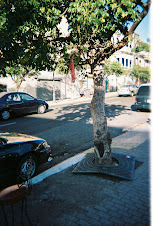-25.jpg)
-24.jpg)
























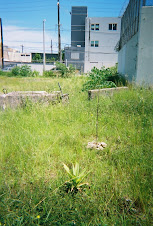




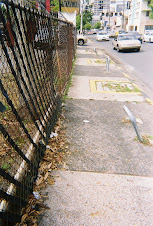

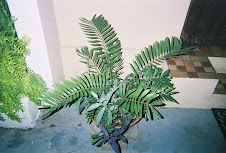




-22.jpg)
-25.jpg)
-24.jpg)






-16.jpg)
-13.jpg)
-08.jpg)
































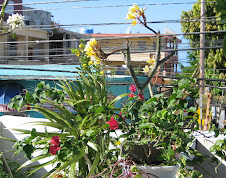
















No hay comentarios:
Publicar un comentario